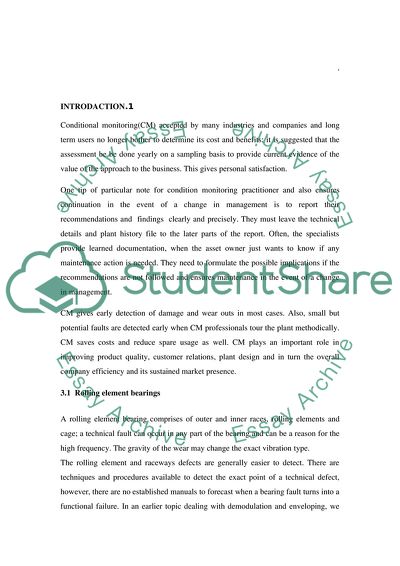Cite this document
(Bearing as the Main Part in the Majority of Machines Coursework, n.d.)
Bearing as the Main Part in the Majority of Machines Coursework. Retrieved from https://studentshare.org/engineering-and-construction/1760989-mechanical-engineeringvibration-data-analysis-for-the-detection-and-diagnosis-of-roller-bearing
Bearing as the Main Part in the Majority of Machines Coursework. Retrieved from https://studentshare.org/engineering-and-construction/1760989-mechanical-engineeringvibration-data-analysis-for-the-detection-and-diagnosis-of-roller-bearing
(Bearing As the Main Part in the Majority of Machines Coursework)
Bearing As the Main Part in the Majority of Machines Coursework. https://studentshare.org/engineering-and-construction/1760989-mechanical-engineeringvibration-data-analysis-for-the-detection-and-diagnosis-of-roller-bearing.
Bearing As the Main Part in the Majority of Machines Coursework. https://studentshare.org/engineering-and-construction/1760989-mechanical-engineeringvibration-data-analysis-for-the-detection-and-diagnosis-of-roller-bearing.
“Bearing As the Main Part in the Majority of Machines Coursework”, n.d. https://studentshare.org/engineering-and-construction/1760989-mechanical-engineeringvibration-data-analysis-for-the-detection-and-diagnosis-of-roller-bearing.


